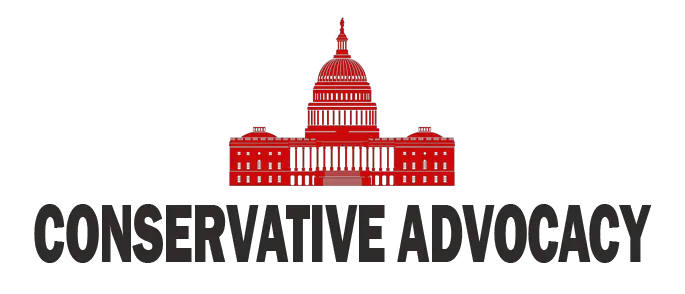This week, President Trump made a significant move to confront the growing issue of homelessness in America by signing an executive order urging states and cities to tackle what he called “endemic vagrancy.” This order encourages local governments to shift homeless individuals into long-term institutional settings to receive humane treatment, similar to civil commitment practices, with the goal of addressing not just the symptoms of homelessness but the root causes as well. This executive order has sparked conversations about compassion, public safety, and the responsibilities of government.
Trump’s actions come amid concerns that billions of dollars have been spent on homelessness solutions over the years without dealing with the underlying issues. Local governments have been criticized for allowing homelessness to remain a persistent challenge, as residents have felt increasingly unsafe due to crime and disorder associated with vagrancy. The president noted that an alarming number of people, nearly 300,000, were reported as homeless on the streets last year. Many citizens, fearing for their safety, have been calling for decisive action to restore order to their communities.
Critics of the current approach have argued that for too long, there has been an overwhelming amount of compassion directed toward the homeless population, often at the expense of public safety. Trump’s executive order is aimed at dismantling what some have termed “suicidal empathy,” where excessive compassion undermines the safety and well-being of the general public. The idea here is to stop protecting individuals who may pose a danger to themselves or society and to instead focus on getting them the help and treatment they require in a more controlled environment.
As Trump pushes for these changes, some advocacy groups have raised concerns about the targeting of vulnerable populations. However, supporters argue that the executive order is not about “targeting” anyone; it’s about creating safer communities and providing necessary support for those struggling with addiction or mental health issues. In fact, the intention is to shift the discussion from punitive measures to proactive solutions that ensure both safety and dignity for those in need.
While the motives behind this order may be contested, there remains a broad consensus on one point: the current state of homelessness is untenable. Many Americans are fed up with the sight of individuals suffering on the streets, often in distressful conditions. The hope is that solutions like Trump’s executive order will eventually pave the way for more effective policies that prioritize the well-being of all citizens, including those struggling with homelessness. As the dialogue continues, it will be essential for communities, leaders, and advocates to collaborate and find real answers that can lead to genuine improvements in the lives of the homeless population and the safety of their neighborhoods.




